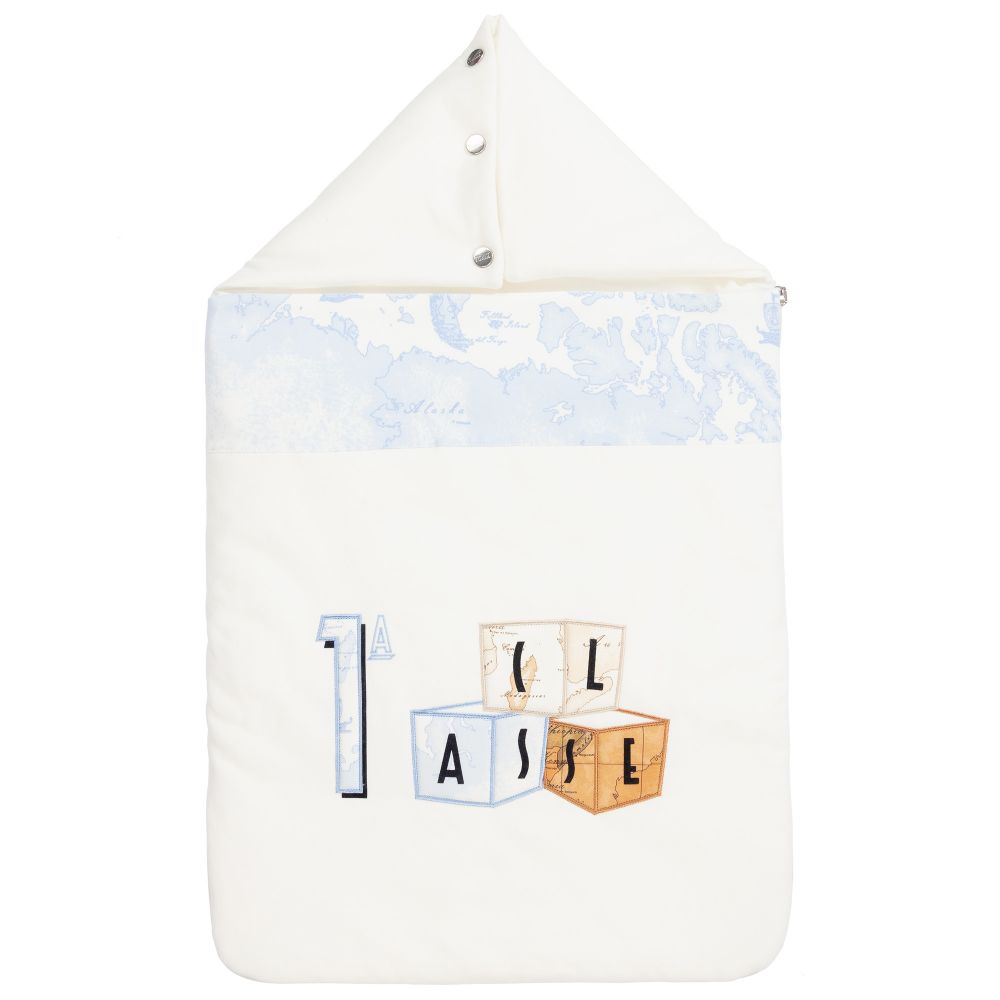

Damping factor calculated to about 61 (for 8 Ohm loads), a value considered adequate.

The deviation of the frequency response appeared very low when Η70 was connected to a complex load simulating a real loudspeaker. Signal to noise ratio was good at -79.5dBr(Α) with reference to 2.83Vrms/8Ω output.įrequency response was smooth, well above 20kHz with a mild roll-off at very low frequencies giving a -0.8dBr at 10Ηz. Static thd+Ν measurements yielded to 0.017% and 0.034% for 1/3 of maximum power at 1kHz for 8 and 4 Ohm loads respectively while intermodulation distortion was measured to be 0.009% (SMPTE, 1/3 Pmax, at 8Ohm load). With a 4 Ohm dummy load the measured power output was about 110Wrms per channel for the same distortion figure (1.3 times more, a performance that could be considered adequate for the size and price of the amplifier, not great though). Using an 8 Ohm dummy load, H70 sourced up to 82Wrms per channel at 1kHz, for a 3% thd+N figure. Data from the USB are fed to a PCM2704 to be converted to S/PDIF format. D/A conversion circuitry is design around a digital interface from Asahi-Kasei (AK 4115) and one 24bit/192kHz dac from Texas (PCM1754). The power supply includes 4 audio grade capacitors (10.000uF). The input stage of Η70 is designed around 5532 opamps and the volume level is controlled through an Alps potentiometer.

According to Hegel's description, SoundEngine technology cancels the crossover distortion inherent in class AB topologies as well as the high frequency distortion components of the amplifier. Observing a block diagram published on the relevant patent paper, one could conclude that the basic idea is of local feedback loops functioning only if what is considered to be the error level is above a certain threshold, thus avoiding a global negative feedback loop. SoundEngine is a patented circuit module designed by Bent Holter (Hegel's owner and designer…) and, not quite unexpectedly, there is only little detailed information about it. The power amplifier also includes a SoundEngine module per channel. The same parts (more pairs of course) were used in bigger Hegel amplifiers like Η4Α (reviewed about 6 years ago, in ). Hegel's H70 is based on a class AB power stage that uses a single pair of high current bipolar transistors from Toshiba (2SA1943/2SC5200) capable of 15 amps each. Most probably though, these basic functions will be controlled through the included small remote control. The user has access to an input selector and a volume control, both offering good feeling during use.
HEXELS 70 GB DRIVERS
Connected to a computer through this port, H70 appears as a USB DAC or external sound card with no additional drivers required. The user has access to the d/a module through two S/PDIF inputs (a coaxial and an optical/Toslink, selectable via a switch in the back panel) and a USB port capable of up to 48kHz streaming. The amplifier includes four analogue inputs, one with balanced input circuitry and XLR connectors and three single ended line-ins with gold plated RCAs of typical quality. Hegel announces a capacity of 70+70W in 8 Ohm loads. That said, H70 lacks H100's display, offers fewer analogue inputs and less power. The amplifier is based on the biggest model (H100) and includes some of the design aspects Hegel is known of, namely the output power devices, the SoundEngine modules, good aesthetics and finish quality. Hegel introduced H70 about two years ago, probably attempting to offer a good entry-level integrated amplifier with digital input connectivity.


 0 kommentar(er)
0 kommentar(er)
